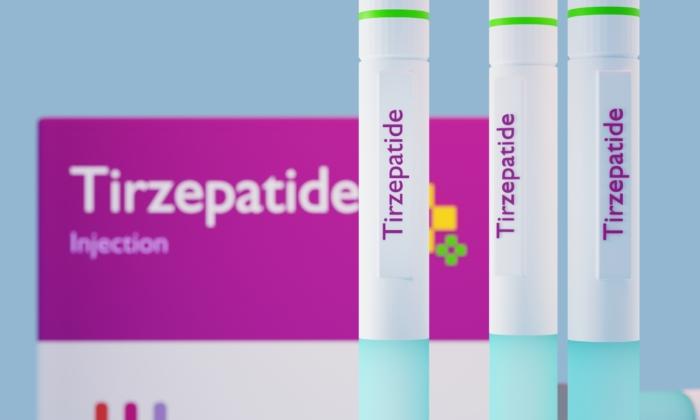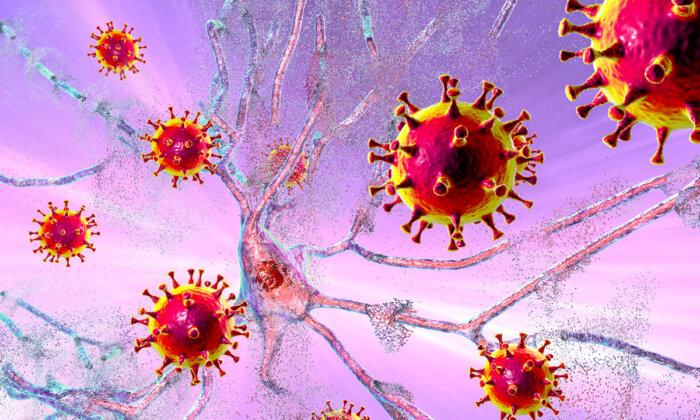The U.S. Centers for Disease Control and Prevention’s (CDC) Advisory Committee on Immunization Practices announced its support of a new vaccine aimed at keeping young people safe from meningococcal disease.
Manufactured by Pfizer, Penbraya is an immunization designed to block life-threatening infections caused by the bacteria Neisseria meningitidis serogroups A, B, C, W, and Y, responsible for most meningococcal disease in teens and young adults ages 16 to 23 years old. The bacteria are spread through close personal contact, like living together or kissing.
“PENBRAYA, the first FDA approved 5-in-1 meningococcal vaccine, provides adolescents and young adults in the U.S. with the most comprehensive protection available against the leading causes of meningococcal disease,” said Luis Jodar, chief medical affairs officer of Vaccines/Antivirals and Evidence Generation at Pfizer, in a news release.
The committee vote comes after Pfizer reported successful phase 3 clinical trial results in September 2022, followed by the U.S. Food and Drug Administration’s (FDA) December 2022 ruling to accept Penbraya’s Biologics License Application (BLA).
Penbraya Offers Same Protection in Fewer Doses
The phase 3 trial, sponsored by Pfizer, assessed over 2,400 participants between the ages of 10 and 25 from across the United States and Europe, randomized into two groups. One group was given two doses of Penbraya, while the other group received two doses of Trumenba plus a dose of Menveo—licensed vaccines designed to protect against meningococcal disease. Trumenba is only designed to protect against serogroup B, while Menveo protects against A, C, Y, and W. The current vaccine schedule calls for a combination of the two for a total of four shots.According to Pfizer, Penbraya demonstrated noninferiority in protection against all meningococcal disease subgroups compared to the Trumenba and Menveo series. Moreover, Penbraya yielded a four-fold or greater immunity response against all disease serogroups compared to the currently licensed vaccines.
Penbraya is administered in two shots spaced six months apart.
Meningococcal Disease Symptoms
The two most common infections caused by meningococcal disease are meningitis and sepsis, bacterial blood poisoning. Symptoms vary based on the type of infection and may resemble the flu at first. According to the CDC, symptoms of meningococcal meningitis include fever, headache, stiff neck, nausea, vomiting, and confusion. Infection can also result in photophobia, a heightened sensitivity to light. Children and infants may show signs like physical inactivity, irritability, poor reflexes, or a bulge on the soft, uppermost part of their skull.Who Is at Risk?
While the risk of contracting meningococcal disease is low, anyone can get it. However, some are more at risk than others. A few groups that should be more cautious include:- First-year college students living in dorms.
- People with a seriously damaged spleen or who’ve had it removed.
- Lab workers regularly exposed to the bacteria.
- Travelers to regions of sub-Saharan Africa and other areas of the world where the disease is widespread.
- U.S. military recruits.
- People in close contact with others who’ve contracted the disease.







